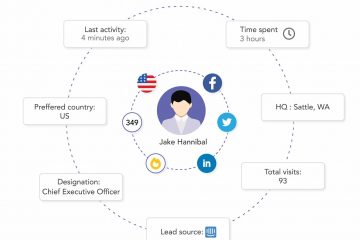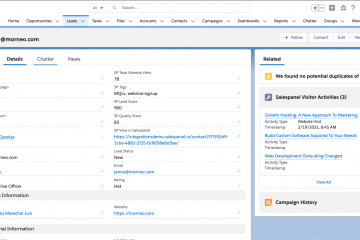Four Ways to Develop Your Brand – and Why it Matters so Much
Developing your brand matters. When you develop your brand, you create a sense of trust with customers, clients, and employees. Of course, you also create a greater awareness of your business, which will help your company reach more customers and grow. Also, when you put the time and effort into building your brand, you can increase the worth of your company. It sets the tone of your company culture as well.
It should already be clear just how important brand development is. But exactly how do you go about developing your brand? Here are just four ways to get started.
1. Determine Your Overall Business Strategy
When you are ready to develop your brand further, one of the first steps should be to consider your overall business strategy.
That means understanding what kind of company you ultimately want to create. For instance, are you planning on growing organically or not?
When you are clear about where you want to take your company, such as accessing an international market or appealing to a wider homegrown target audience, you can come up with an effective strategy on how to get there.
2. Identify Your Target Customers
Your target customers should not be everybody. If you want your business to be successful, you need to clearly identify who your target customers are. To develop your brand, you need to delve further into that analysis. You can then find and use appropriate strategies, like target account selling, to reach more potential customers.
When you have clearly defined customers, you will have a narrower focus. In turn, you can grow your brand more quickly.
On the other hand, when your target audience is diverse, your marketing efforts will be more diluted and less effective. As your brand builds momentum over time, you can begin targeting a wider audience. So, spend time researching and analyzing your target customers’ wants, needs, and priorities so that you can direct your branding and marketing appropriately.
3. Understand How Your Brand Translates Overseas
If you really want to develop your brand, you will need to get your brand into more countries. But expanding internationally can bring a whole new set of challenges.
Begin by closely analyzing different international markets. You could find that your current branding simply is not workable in some overseas locations and therefore you will need to approach your branding and marketing strategies almost from scratch.
For example, colors like green and blue might work for attracting your U.S. customers but colors like red and orange may be better to grab people’s attention in other locations. Check out this post to learn more about color psychology for international markets.
You may even need to change the name of your brand or the names of your products, as words can have different meanings in other countries. For instance, Kiri, a French cheese brand, changed its name to Kibi when it entered the Iranian market due to the fact that the word “kiri” means “rotten” in Farsi!
All of your branding must translate well for the countries you are looking to expand to.
Once you create branding for particular countries, you can begin developing branded items, such as using customized packaging and vinyl logo stickers from StickerYou, to get your company noticed.
4. Position Your Brand Correctly
To develop your brand, it is crucial that you position your company correctly. That means truly understanding your competitors to find ways of gaining a competitive advantage.
For example, you could have a high-end brand and want to expand into a broader buying market, in which case, you will need to develop a different marketing strategy than you currently use.
By looking at the competition and understanding how you could widen the appeal and price points of your products, you can position your brand properly.
Sell more, understand your customers’ journey for free!
Sales and Marketing teams spend millions of dollars to bring visitors to your website. But do you track your customer’s journey? Do you know who buys and why?
Around 8% of your website traffic will sign up on your lead forms. What happens to the other 92% of your traffic? Can you identify your visiting accounts? Can you engage and retarget your qualified visitors even if they are not identified?




